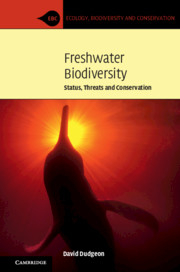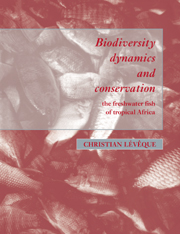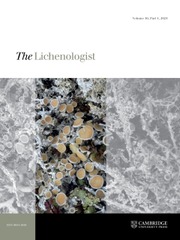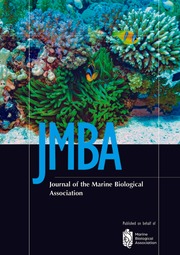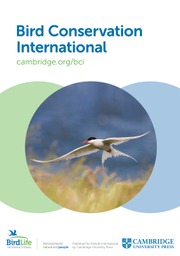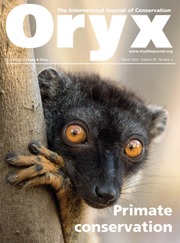Freshwater Biodiversity
Growing human populations and higher demands for water impose increasing impacts and stresses upon freshwater biodiversity. Their combined effects have made these animals more endangered than their terrestrial and marine counterparts. Overuse and contamination of water, overexploitation and overfishing, introduction of alien species, and alteration of natural flow regimes have led to a 'great thinning' and declines in abundance of freshwater animals, a 'great shrinking' in body size with reductions in large species, and a 'great mixing' whereby the spread of introduced species has tended to homogenize previously dissimilar communities in different parts of the world. Climate change and warming temperatures will alter global water availability, and exacerbate the other threat factors. What conservation action is needed to halt or reverse these trends, and preserve freshwater biodiversity in a rapidly changing world? This book offers the tools and approaches that can be deployed to help conserve freshwater biodiversity.
- Provides an integrated account of the manifold threats to freshwater biodiversity on a global scale
- Offers a broad taxonomic coverage, including both invertebrates and vertebrates, with a strong emphasis on fishes that are used to emphasize the need to protect these animals 'in their own right' but also because of their value in supporting human livelihoods
- Presents a broad geographic coverage, incorporating biodiversity in lakes and rivers, with strong emphasis on the tropics
Reviews & endorsements
‘Dudgeon (Univ. of Hong Kong) draws on his 40 years of experience as a freshwater ecologist to provide a comprehensive overview of scientific research on these impacts. He adopts a global approach in every chapter, offering detailed examples from worldwide sites, such as the Mekong Basin, Lake Victoria, and the Great Lakes. After describing the biodiversity of freshwaters and their many uses by people, Dudgeon focuses on the three major causes of declining biodiversity: overexploitation (from fishing and hunting), introduced species, and modification of rivers and lakes (through dams and water removal). Many of the best-documented cases of biodiversity decline are found among fish, but other animals are not neglected. Climate change and its future effects are addressed as well. The book closes with a discussion of ways in which people may work to prevent and undo the harm to freshwater ecosystems and the many species that depend on them.’ M. P. Gustafson, Choice
‘In Freshwater Biodiversity, Dudgeon presents an impressive compilation of the status, threats, and prospects of the Earth’s freshwater biodiversity that will be of great use for professionals or students interested in freshwater conservation … readers interested in the freshwater conservation crisis will find this volume a valuable resource.’ Windsor E. Aguirre, The Quarterly Review of Biology
Product details
July 2020Hardback
9780521768030
514 pages
235 × 158 × 28 mm
0.96kg
10 b/w illus. 25 colour illus. 14 tables
Available
Table of Contents
- Preface
- 1. The freshwater commons
- 2. Global endangerment of freshwater biodiversity
- 3. Overexploitation
- 4. Alien species and their effects
- 5. River regulation: impacts and mitigation
- 6. Vanishing lakes and threats to lacustrine biodiversity
- 7. How will climate change affect freshwater biodiversity?
- 8. Ecosystem services and incentivizing conservation of freshwater biodiversity
- 9. Conservation of freshwater biodiversity: opportunities and initiatives
- Index.

